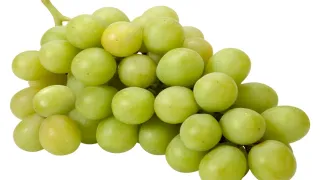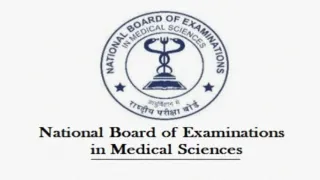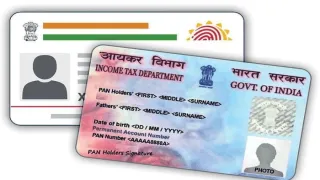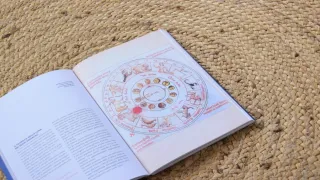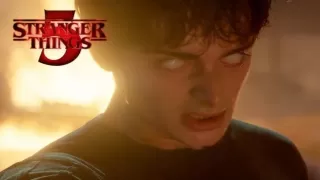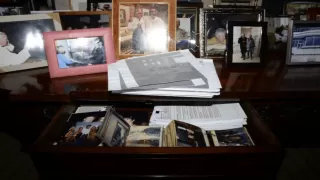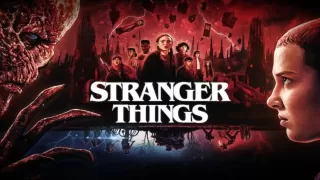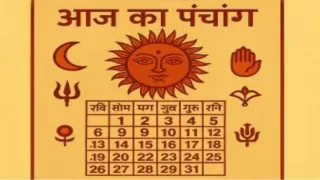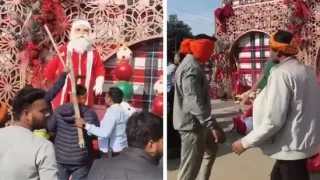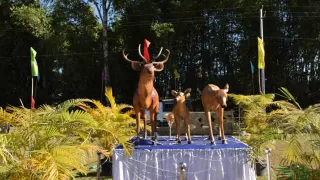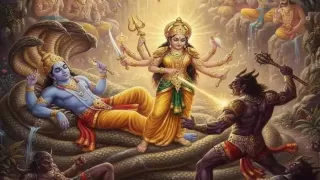Krishna Janmashtami, an esteemed festival in Hinduism, is celebrated annually to mark the birth anniversary of Lord Krishna. This festival holds profound spiritual significance as it commemorates the divine descent of Lord Krishna, who is revered as the eighth avatar of Lord Vishnu. Believers worship him with great devotion, recognizing him as the saviour who alleviates the suffering of his followers.
Lord Krishna, known by many names such as Govinda, Balgopal, Kanha, and Gopal, has been adored by Hindus since ancient times. His teachings, especially those encapsulated in the Bhagavad Gita, continue to guide millions. Krishna Janmashtami is not just a festival; it embodies faith, devotion, and cultural heritage.
In 2024, Krishna Janmashtami will be celebrated on August 26, uniting Hindus across India and the world in joyous festivities. Among the various ways to celebrate, engaging in creative activities like drawing and painting has gained popularity, especially among children. These activities not only entertain but also deepen the connection with the cultural and spiritual essence of the festival.
The Role of Creative Activities in Krishna Janmashtami Celebrations
Incorporating artistic activities such as drawing and painting into Krishna Janmashtami celebrations can significantly enhance the experience, particularly for children. Engaging in these creative endeavours helps children connect with the festival on a deeper level, fostering a better understanding of its cultural and spiritual significance. Drawing images of Lord Krishna, decorating homes with handmade crafts, and creating Janmashtami-themed artwork are some ways to involve children in the festivities.
These artistic activities do more than just keep children entertained. They serve as an educational tool, helping children grasp the importance of Krishna Janmashtami in a fun and interactive way. By participating in these activities, children not only develop their artistic skills but also enrich their cultural knowledge, forming a stronger bond with their heritage.
Understanding the Art of Janmashtami Drawing
Janmashtami drawing is a creative expression that allows both children and adults to celebrate the birth of Lord Krishna through art. These drawings often depict scenes from Krishna’s life, his playful activities, and his divine teachings. The range of these drawings can vary from simple sketches to intricate pieces of art, allowing people of all skill levels to participate.
Significance of Drawing in Teaching Children about Lord Krishna
Drawing for Janmashtami is not just about creating art; it's a way to engage children in learning about the life and virtues of Lord Krishna. When children create Janmashtami drawings, they connect with the stories of Krishna in a meaningful way. For instance, a drawing might depict Krishna playing his flute, lifting the Govardhan Hill, or engaging in his famous butter-stealing escapades, all of which are beloved tales from his life.
Through these drawings, children can learn about the values that Lord Krishna embodies, such as love, bravery, and kindness. These virtues are timeless lessons that can inspire children in their daily lives.
Easy Janmashtami Drawing Ideas
To make Janmashtami drawing accessible to everyone, including young children, easy drawing guides are available. These guides often provide step-by-step instructions that simplify the process, ensuring that even beginners can create beautiful artwork.
Simple Krishna Drawing

Image Source: Twitter
One of the most iconic images of Krishna is that of a young boy playing the flute with a peacock feather in his crown. This simple yet profound depiction can be easily drawn by following these steps:
- Start with the Face: Begin by drawing a small oval shape for Krishna’s face.
- Add the Crown: Draw a semi-circle on top of the head to form the crown, and include a small peacock feather at the top.
- Draw the Body: Sketch a small, curved line under the head for the neck, followed by an oval for the torso.
- Arms and Legs: Draw two thin lines extending from the torso for the arms, and add small circles for hands and feet.
- Flute: Draw a straight line across the hands to represent the flute.
- Details: Add eyes, a small nose, and a smiling mouth. Draw simple clothes with a dhoti and jewellery.
- Final Touches: Outline the drawing with a darker pencil or pen, and add color to bring the drawing to life.
Drawing a Matki (Butter Pot)

Image Source: Twitter
The matki, or butter pot, is a significant symbol in Krishna’s stories, representing his love for butter. As a child, Krishna was fondly known as “Makhan Chor” (butter thief) because of his playful habit of stealing butter from these pots.
Here’s a simple guide to drawing a matki:
- Draw the Outline: Start with an oval shape tilted slightly to form the main body of the pot.
- Add the Neck: Draw a smaller oval on top of the neck of the pot.
- Base: Draw a flat, horizontal line at the bottom for the base of the pot.
- Design the Pot: Add simple patterns like lines, circles, or dots around the pot for decoration.
- Butter Overflow: Draw some butter spilling over the edge of the pot to depict Krishna’s playful nature.
- Final Details: Outline the drawing with a pen and add colour to the pot and butter.
Creating a Mor Pankh (Peacock Feather) Drawing

Image Source: Twitter
The peacock feather, or mor pankh, is often seen in Krishna’s crown and is a symbol of beauty and grace. It represents Krishna’s divine nature and his close connection with nature.
To draw a mor pankh, follow these steps:
- Start with the Eye of the Feather: Draw a small oval in the centre of the page.
- Draw the Feather: Extend the oval into a teardrop shape for the feather’s eye.
- Add Feathers: Draw long, thin lines extending outward from the oval, curving slightly to form the feather’s strands.
- Details: Add smaller lines within the strands to give the feather texture.
- Colouring: Use shades of blue, green, and yellow to colour the feather, giving it a vibrant look.
Drawing a Bansuri (Flute)

Image Source: Twitter
The bansuri, or flute, is one of the most iconic symbols associated with Lord Krishna. It represents his love for music and his ability to enchant everyone with his melodies.
Here’s a simple way to draw a bansuri:
- Draw the Base: Start by drawing a straight, horizontal line.
- Thicken the Line: Draw another parallel line below the first one to create the body of the flute.
- Add the Holes: Draw small circles evenly spaced along the length of the flute.
- Decorations: Add simple patterns like bands or small leaves on either end of the flute.
- Final Touches: Outline the drawing with a pen and add color. Traditionally, the flute is brown or golden.
Drawing Krishna with Cow

Image Source: Twitter
Krishna is often depicted alongside cows, symbolizing his role as a protector of cows and his deep connection with them. Drawing Krishna with a cow is a beautiful way to capture this aspect of his life.
Here's how to draw Krishna with a cow:
- Draw Krishna: Start by sketching Krishna, similar to the simple Krishna drawing. Draw him standing, holding a flute, with a peaceful expression.
- Draw the Cow: Beside Krishna, draw the outline of a cow. Start with an oval for the body, and a smaller circle for the head, and connect them with lines for the neck.
- Details of the Cow: Add details to the cow's face, such as eyes, ears, and nose. Draw the legs, tail, and small horns if desired.
- Add a Scene: Include grass or a simple background to situate Krishna and the cow in a natural setting.
- Final Touches: Outline the drawing and add colors. Use vibrant colours for Krishna and natural tones for the cow and the background.
Drawing Krishna and Radha

Image Source: Twitter
The depiction of Krishna with Radha is a symbol of divine love. Drawing Krishna and Radha together is a more intricate and rewarding process, perfect for those who enjoy detailed work.
Steps to draw Krishna and Radha:
- Sketch Krishna and Radha: Begin by drawing the figures of Krishna and Radha standing together. Krishna should be holding a flute, with Radha standing beside him, often depicted with a gentle smile.
- Detail the Figures: Add intricate details to their clothing, especially Radha’s saree and Krishna’s traditional attire. Include their jewellery, crowns, and facial expressions.
- Background Elements: Draw a serene background, often a forest or garden, symbolizing the idyllic setting of Vrindavan where they spent time together.
- Final Touches: Outline the figures and the background with precision. Use vibrant and harmonious colours to bring the scene to life, focusing on the contrast between Krishna’s blue skin and Radha’s fair complexion.
Krishna Lifting the Govardhan Hill

Image Source: Twitter
This scene depicts Krishna lifting the Govardhan Hill to protect the villagers from a storm sent by Lord Indra. It’s a powerful and symbolic image.
Steps:
- Sketch Krishna: Draw Krishna in the centre, holding the hill above his head with one hand.
- Draw the Hill: Above Krishna, draw a large, curved shape representing the hill. Add details like rocks, trees, and animals on the hill.
- Add Villagers: Below Krishna, draw small figures of villagers looking up in awe.
- Detailing: Add details like Krishna’s clothes, the villagers’ expressions, and the elements of the storm.
- Colouring: Use vibrant colours to highlight Krishna and natural tones for the hill and storm.
Krishna’s Ras Leela

Image Source: Twitter
The Ras Leela is a dance performed by Krishna and the gopis (milkmaids), symbolizing the divine love between them. This scene is both beautiful and complex, perfect for an advanced drawing.
Steps:
- Sketch the Figures: Start by drawing Krishna in the centre, surrounded by the gopis. Focus on their poses as they dance in a circle.
- Add Details: Draw the intricate details of their clothes, jewellery, and expressions.
- Background: Include elements like a forest, the Yamuna River, and the moonlit sky.
- Final Touches: Use bright, festive colours for the figures and a serene palette for the background.
You might also find it helpful to explore these drawings of Krishna for additional inspiration and ideas.

Image Source: Twitter

Image Source: Twitter

Image Source: Twitter

Image Source: Twitter
Also Read: Five Powerful mantras you must chant on Nirjala Ekadashi




